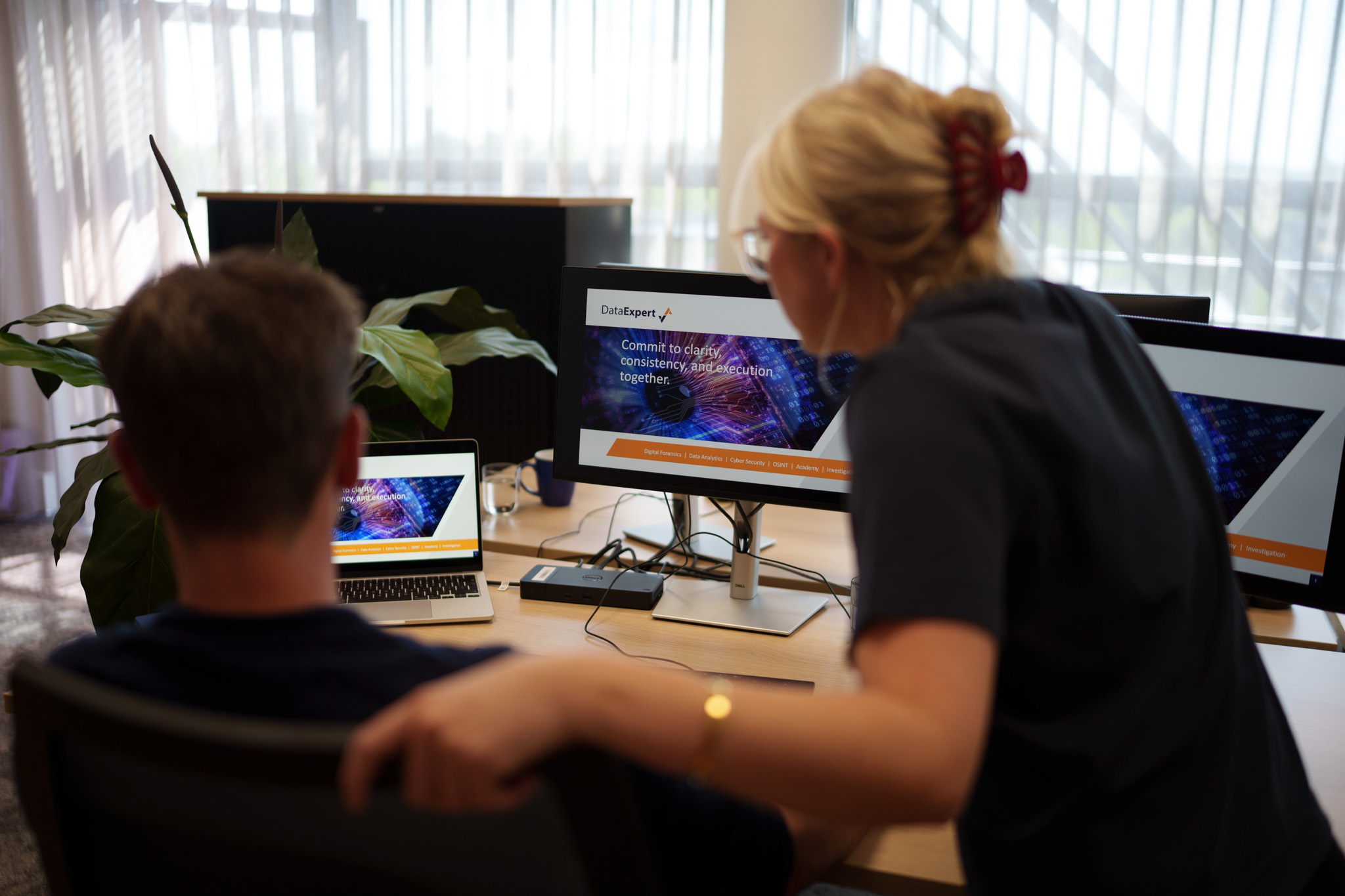During the investigation, it became clear: the signs had been there all along. A cluster of access attempts. A PowerShell script. An unusual registry change. Everything was logged. Everything was real. But no one had seen the full picture—until it was too late.
This is the gap most SOCs can’t close.
Detection Alone Is Not Enough
Traditional SOCs follow a familiar routine: detect, alert, escalate. They do what they were built to do. But many operate in isolation from the operational context. They can’t always explain why an alert matters—or how it fits into a larger threat scenario. This limitation becomes painfully visible in incidents that move fast and leave little room for interpretation.
A Forensic SOC Reconstructs the Story
A SOC with forensic capability doesn’t stop at the first sign of compromise. It follows the breadcrumbs—mapping access attempts, tracing persistence mechanisms, and reconstructing what the attacker did and where they went. It builds a coherent timeline, not just a list of anomalies. That means your team can act not on assumptions, but on evidence.
Faster Recovery Through Understanding
Contrary to what some might assume, forensic insight doesn’t slow down the response—it accelerates it. When a SOC can validate root cause, confirm the scope of compromise, and identify lateral movement with precision, your team can move decisively. You avoid unnecessary rebuilds and eliminate the guesswork that leads to repeated incidents.
Compliance Requires Defensible Clarity
In regulated sectors, it’s not just about response—it’s about accountability. When auditors or regulators ask what happened, who acted, and when, vague summaries don’t suffice. A forensic-first SOC delivers full event timelines, decision logs, and containment records. This makes frameworks like NIS2, DORA and GDPR not only achievable, but provable.
Forensics Is a Practice—Not a Product
You can’t bolt forensic thinking onto a SOC as an afterthought. It’s not a separate tool. It’s a mindset built into how your analysts think, act, and document. A SOC that lacks this capability may flag symptoms but fail to understand causes. And in cybersecurity, understanding is everything.
The Value of Embedded Forensic Thinking
At DataExpert, every SOC analyst is trained with a forensic lens. Because every incident tells a story. And if you don’t catch the beginning, the ending may be misleading. A forensic-first approach empowers faster action, smarter decisions and stronger reporting—especially when it matters most.
In a world of constant digital signals, the ability to extract meaning is what turns detection into control.






